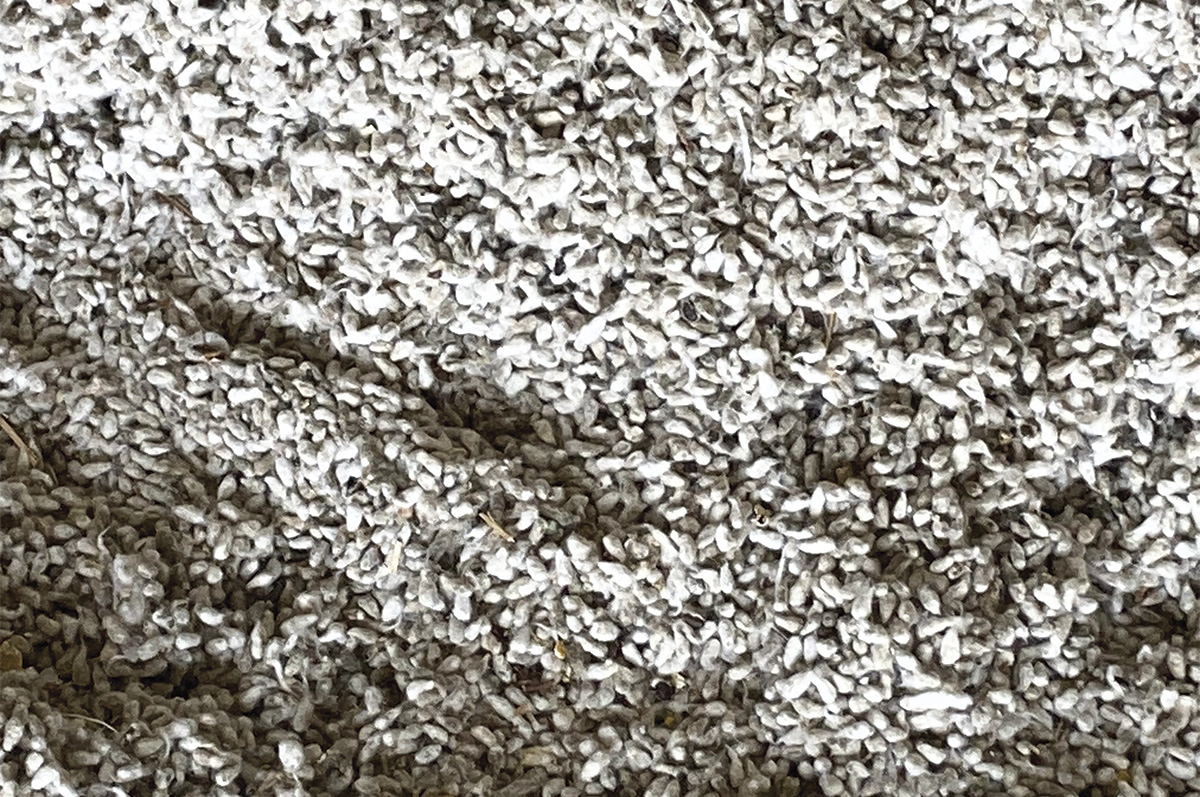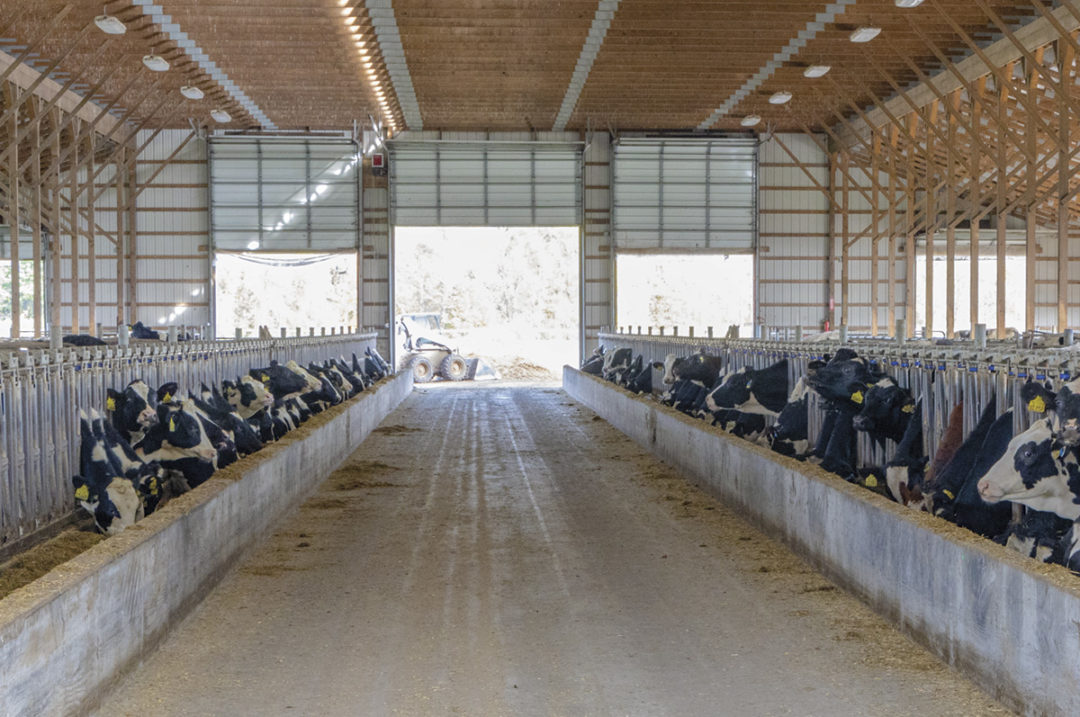Every year, I discuss the importance of high-quality forages with the dairymen I work with. Most years, we see the above-average forage value. However, the 2023 crop year brought on some new challenges we hadn’t experienced for quite a while.
One of the biggest challenges was moisture. Not only did it rain; it seemed to always rain at the worst possible times. Either the crop was already down, or we were just about to cut as the floodwaters came. Once the forage was sampled, sent to the lab and the results were returned, it was clear in many cases that the forage wasn’t as high quality as last year’s crop.
So, what makes rained-on forages bad in the first place, and what can we do with them going forward to maximize farm profitability?
Why are rained-on forages lower-quality?
Moisture can significantly impact the quality of forages. This is nothing new to most of us reading this article, but why is that? These are a few reasons why rained-on forages often do not feed out as well:
- Decreased dry matter intake (DMI): Cattle typically consume less rained-on forage due to its altered texture, taste and smell. These forages are less digestible, as the increased moisture content dilutes the fiber and can lead to reduced fiber digestibility. This can negatively affect animals' ability to extract nutrients from the forage.
- Spoilage and mold growth: When hay and silages get overly wet, they become susceptible to mold and fungal growth. Moldy forages are not only unpalatable but can also contain mycotoxins, which are harmful to livestock when ingested. Mycotoxins can cause a variety of health issues in animals.
- Fermentation: When working with ensiled feeds, moisture percentage will affect which microorganisms populate within the ensiled forage pile itself. If that percentage is not within an ideal range, then the quality of the forage may be negatively affected. The range that is normally recommended for haylage is 60%-65% moisture.

Supplementing with cottonseed is one option to help support poor fiber quality. Photo provided by Jesse Petersen.
What to do with it since we have it?
Feeding low-quality forages to dairy cows can be challenging, but it can be done with some strategies to ensure that the cows still perform at their best. Here are a few things that I always look into when working with poor-quality forages.
- Start by knowing what you already have. Have a nutritional analysis of low-quality forages performed by a lab. This analysis will help you identify the specific deficiencies in the forage and allow you to better compensate for these deficiencies.
- See what other forages are around. Just because harvest conditions weren’t ideal at your place doesn’t mean that the conditions were the same somewhere else. Also, consider what other types of forages were being grown in your area. Just because it was a poor year for one kind of forage doesn’t mean it was a bad year for another.
- Look into different kinds of fiber sources. Incorporate higher-quality forages or roughage sources to help meet the fiber needs of dairy cows. Mixing low-quality forages with higher-quality ones can help improve the overall diet.
- Feed the best to the best. Make sure that the highest-performing cows are receiving the best forage available. This will help ensure the highest income over feed cost.
- Supplement low-quality forage with concentrated feed ingredients to meet the dairy cow's nutritional requirements. Common ingredients to help support poor fiber quality include cottonseed, bran and soyhulls. If energy or protein is an issue, consider using more ground corn or canola/soybean meal.
- Gradually transition cows to new forages, or diet to minimize digestive issues. In some cases, you may need to limit the amount of low-quality forage provided to dairy cows and increase the portion of concentrate feeds to match nutritional needs.
- Keep an extra close eye on cow performance, including milk production, body condition, reproduction and overall health. Adjust the ration based on the cows' response and production goals.
Producing high-quality forage is very important to a dairy’s bottom line. However, there are times when it just doesn’t happen. When high-quality forage isn’t available, it is essential to utilize a diet that still provides the necessary nutrients and palatability to make the best of low-quality forages in your dairy cow ration. You can still maximize earning potential while not forfeiting the future success and health of the cows while feeding low-quality forages.


.jpg?t=1687979285&width=640)



.jpg?height=auto&t=1713304395&width=285)
.jpg?height=auto&t=1713198780&width=285)
